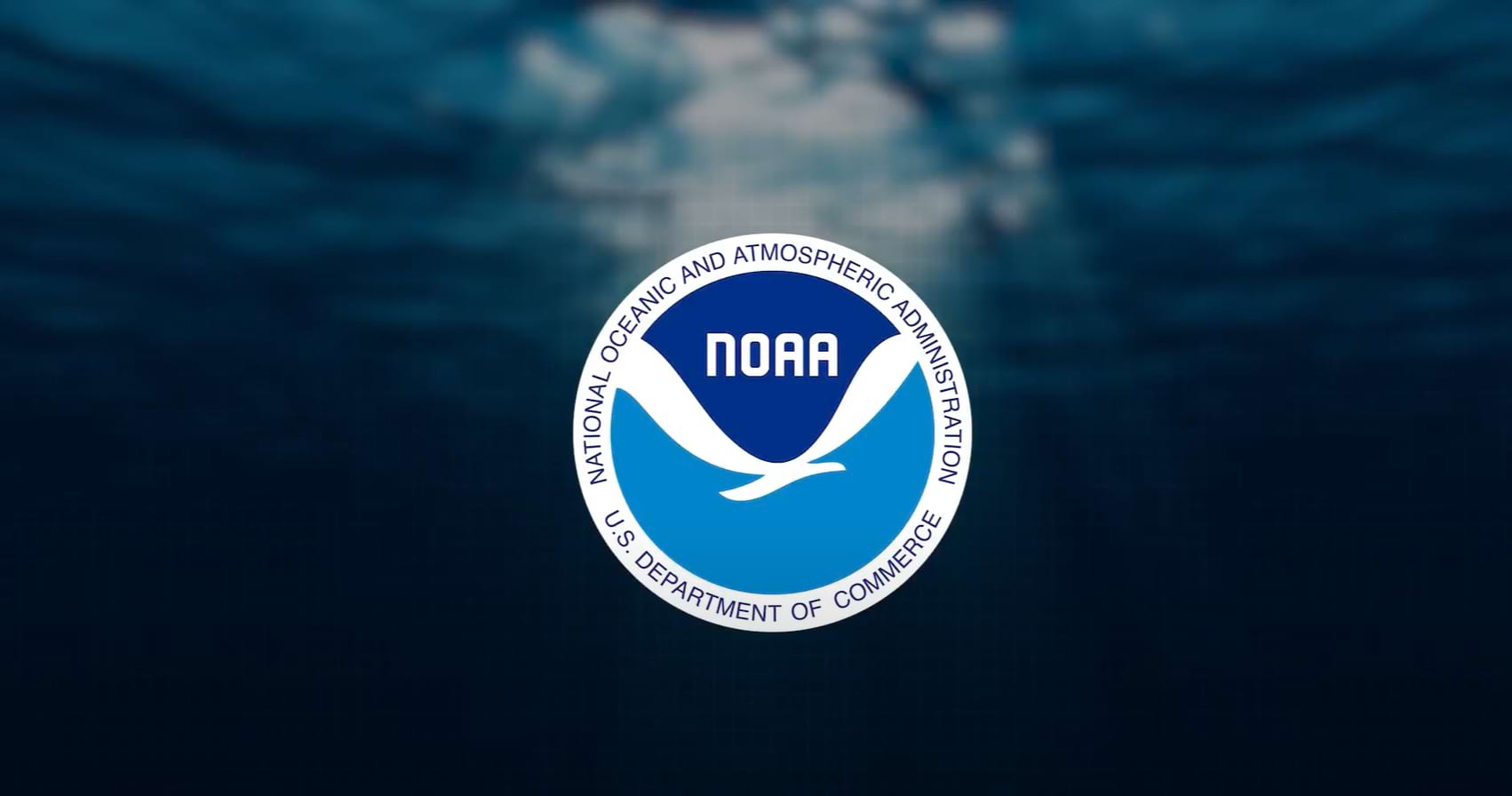When it comes to staying safe during severe weather like hurricane, NOAA weather channel can really save your life. NOAA, short for the National Oceanic and Atmospheric Administration, operates a network of weather radio stations that broadcast real-time weather updates, alerts, and warnings. For anyone using a walkie talkie with NOAA channels, knowing the right NOAA weather radio frequencies is important.
What is the NOAA Function on Walkie Talkies?
This feature turns your walkie talkie into a portable NOAA weather radio, allowing it to receive broadcasts from local NOAA stations. Unlike standard walkie talkie channels that require two-way communication, the NOAA function on walkie talkies is one-way: it picks up official weather data, including tornado warnings, hurricane updates, flash flood alerts, and even seasonal forecasts. This makes walkie talkies with NOAA function essential for outdoor enthusiasts, first responders, and professionals who work in remote or weather-exposed areas. Staying informed about weather changes can prevent accidents and save lives.
The List of NOAA Weather Radio Frequencies
NOAA weather radio frequencies are standardized across the United States to ensure consistency. There are seven core NOAA weather radio frequencies that most NOAA walkie talkies can access. These frequencies are not tied to local FM/AM stations; instead, they’re dedicated solely to weather broadcasts. Here are the official NOAA weather radio frequencies:
- 162.400 MHz
- 162.425 MHz
- 162.450 MHz
- 162.475 MHz
- 162.500 MHz
- 162.525 MHz
- 162.550 MHz
While these NOAA weather radio frequencies are universal, the strength of the signal may vary based on your location. For example, in urban areas, you might pick up multiple NOAA stations, while in remote deserts or mountainous regions, you may need to adjust your walkie talkie’s antenna to get a clear signal from the nearest NOAA transmitter.
Why NOAA Weather Radio Frequencies Matter?
You might wonder why NOAA weather radio frequencies are more reliable than phone apps or local radio. The answer is simple: NOAA broadcasts are designed to work even when cell service is down or power is out. For instance, if a hurricane knocks out cell towers, your walkie talkie with NOAA function can still receive critical alerts via NOAA weather radio frequencies. This is especially important for businesses like construction companies, where crews need to know if a storm is approaching to pause work safely. It’s also a must-have for campers or hikers, who may not have access to other weather updates in the wilderness.
How to Use NOAA Weather Radio Frequencies on Your Walkie Talkie
Using NOAA weather radio frequencies on your walkie talkie is simple and easy. First, confirm that your walkie talkie has a built-in NOAA function. If you don’t know, please consult the walkie talkie seller.
Chierda JV01 NOAA Walkie Talkie
Next, navigate to your walkie talkie’s “weather” or “NOAA” mode (this may be a dedicated button or a menu option). Then, scan the seven NOAA weather radio frequencies listed above to find the one with the clearest signal. Once you lock in a frequency, save it to your walkie talkie’s presets for quick access later.
Quick note. It’s a good idea to test the NOAA function regularly, especially before heading out on a trip, to ensure it’s working properly.
Conclusion
NOAA weather radio frequencies are more than just numbers. They’re a critical tool for staying safe in unpredictable weather. By keeping your walkie talkie tuned to NOAA weather radio frequencies, you’ll always have access to timely, official weather alerts, no matter where you are. If you’re in the market for a walkie talkie with NOAA capabilities, be sure to prioritize models that easily access these key frequencies—your safety depends on it.




